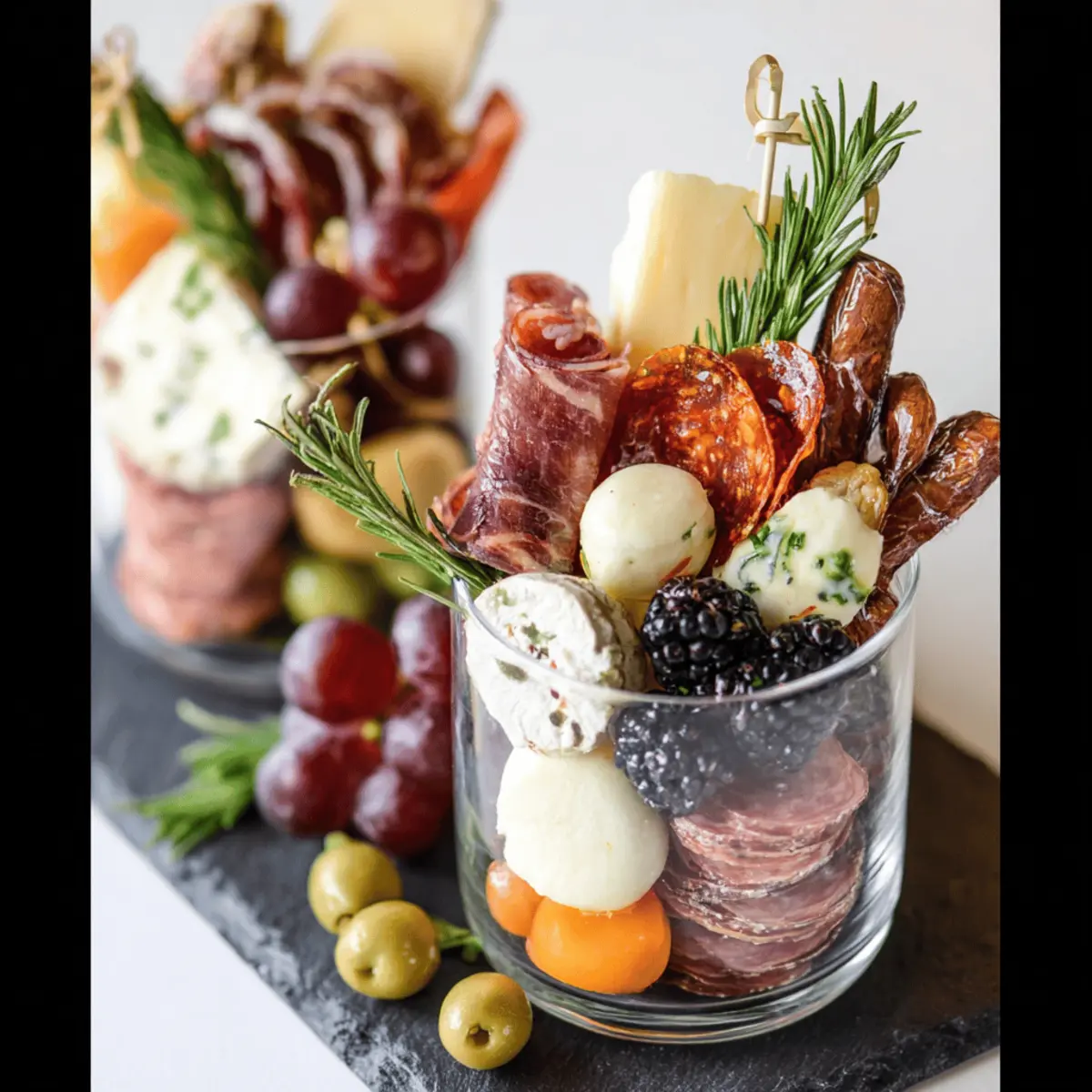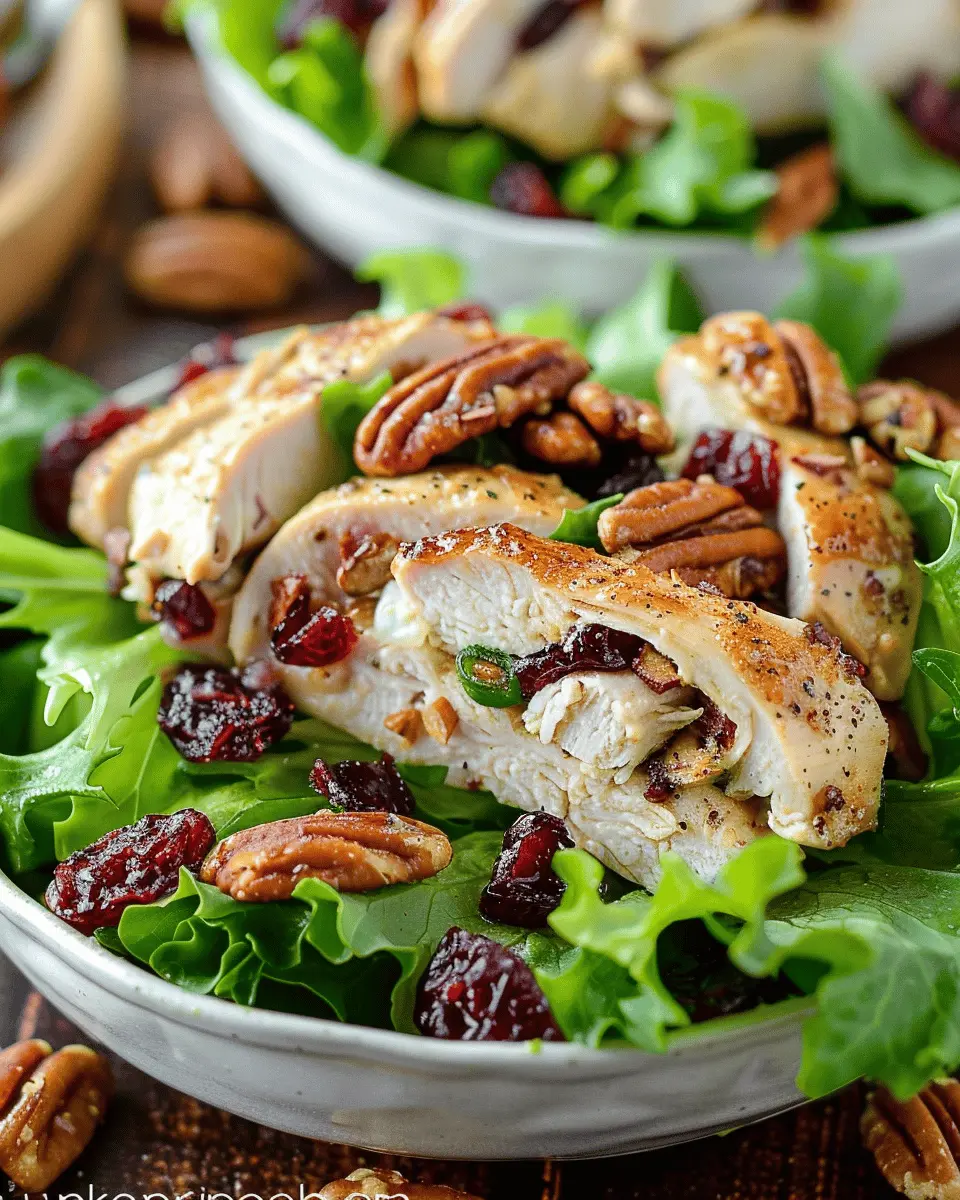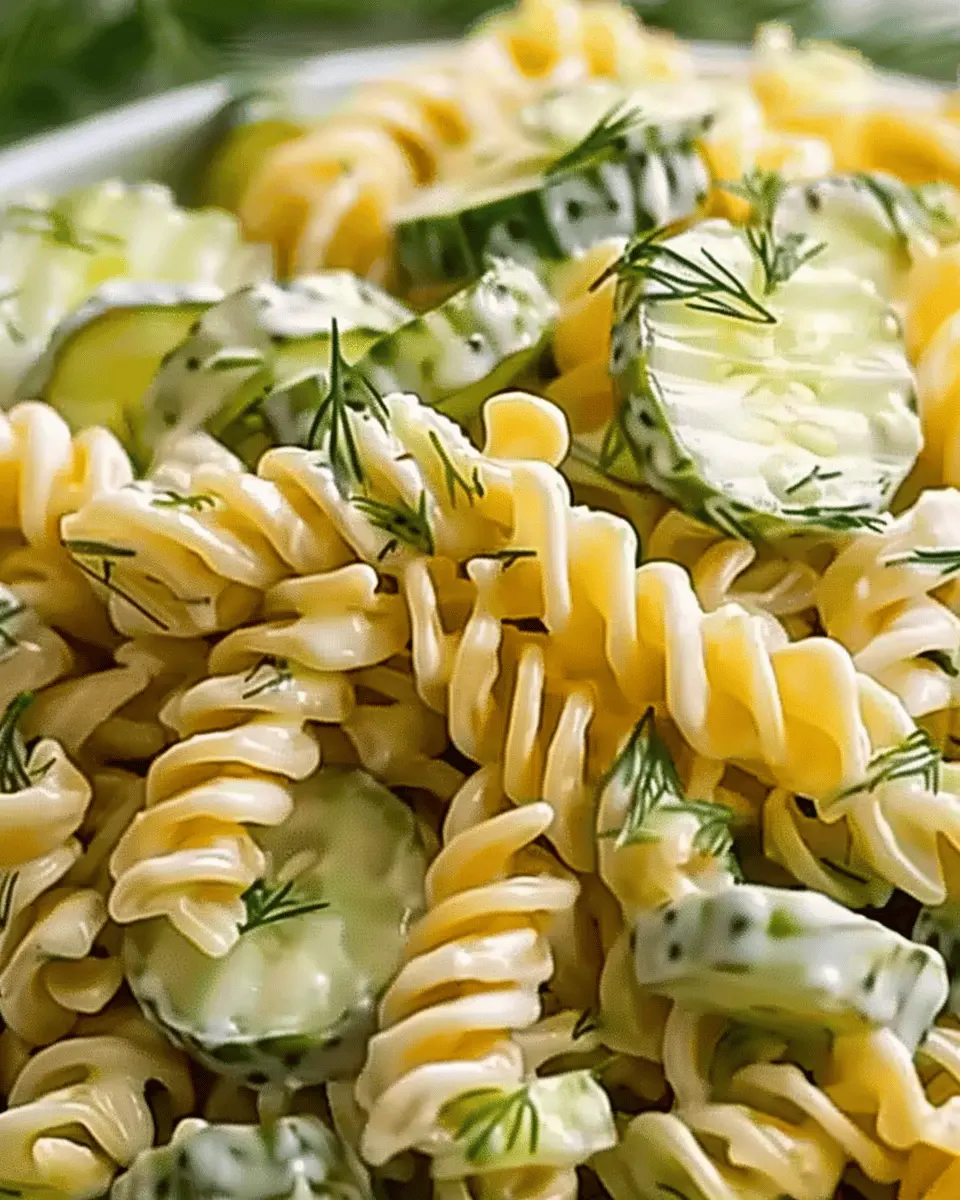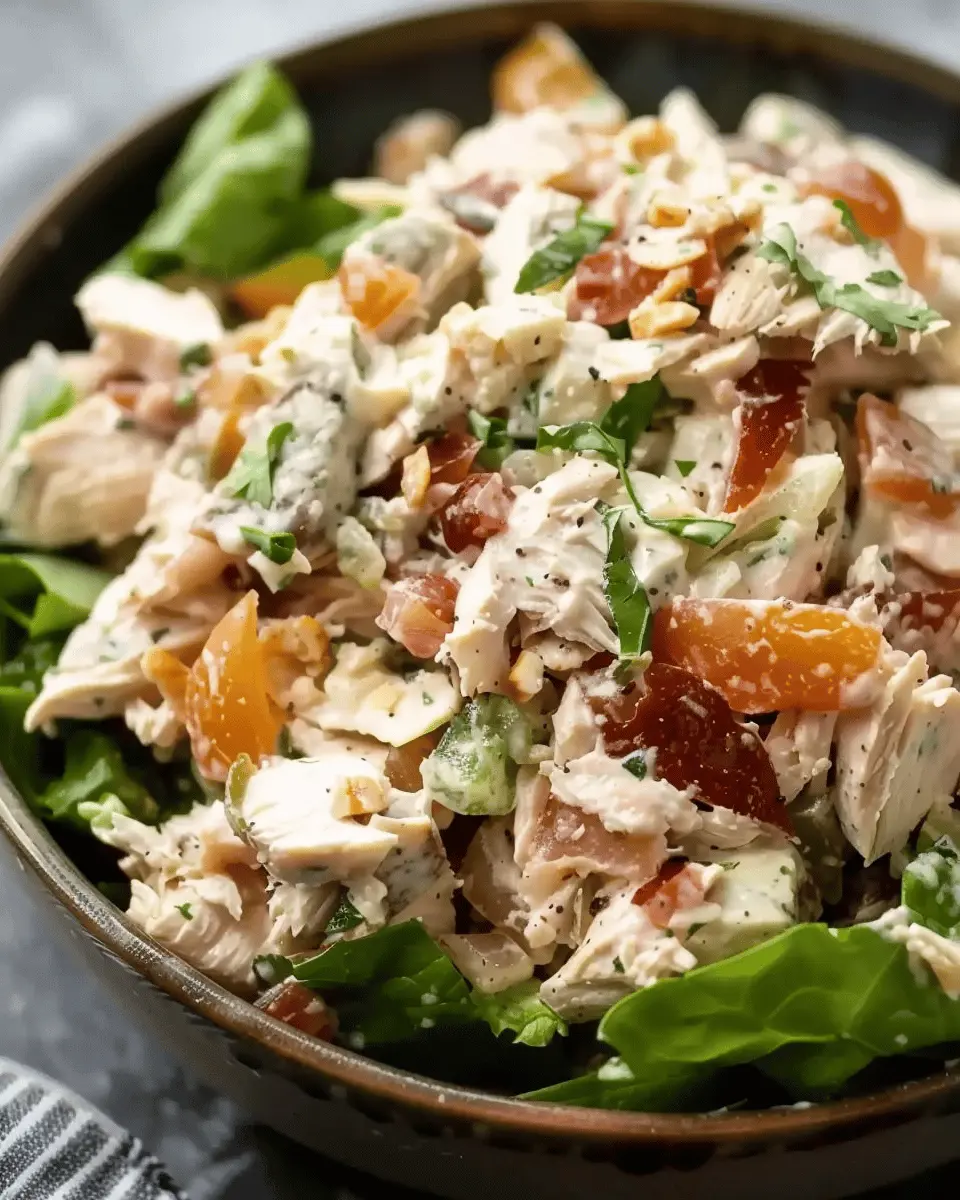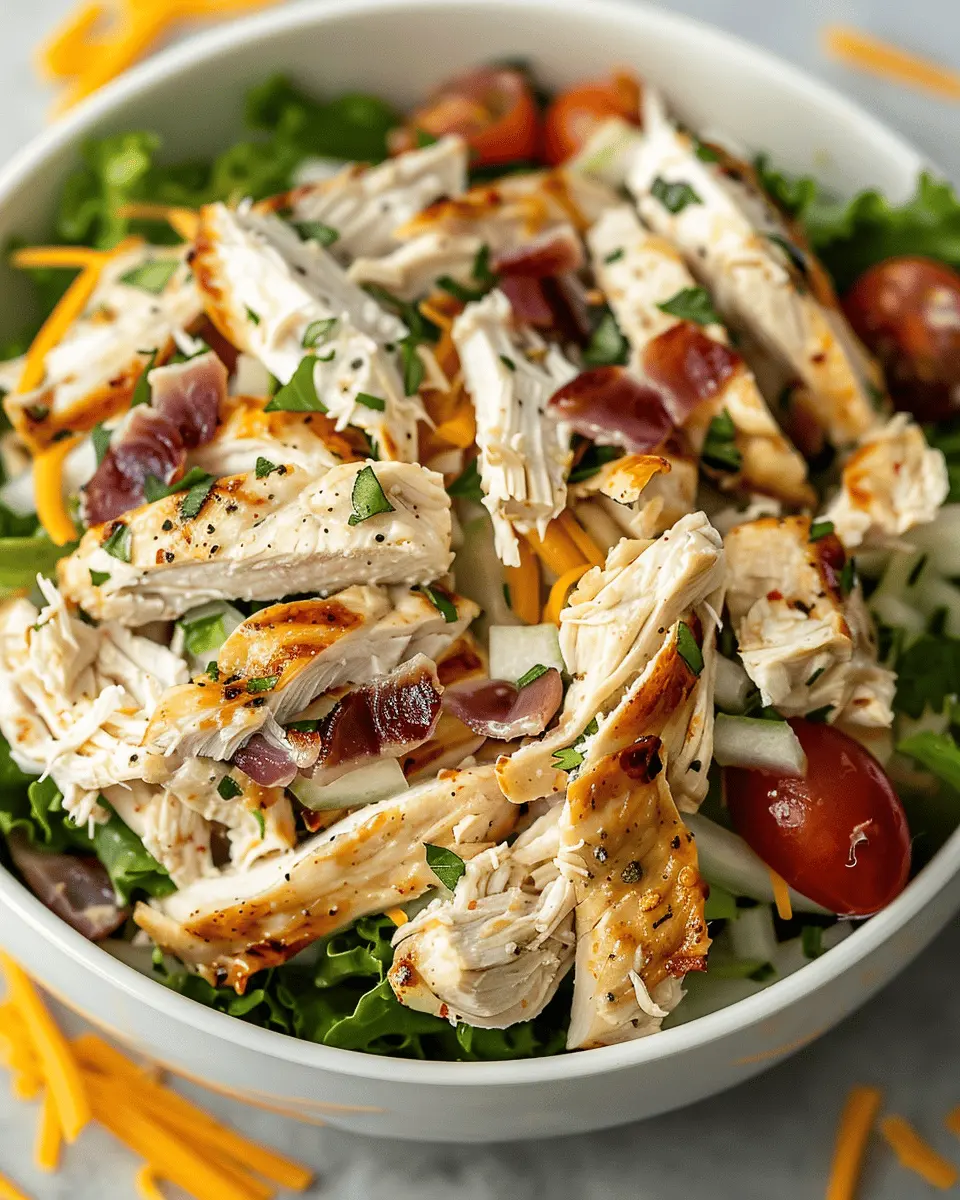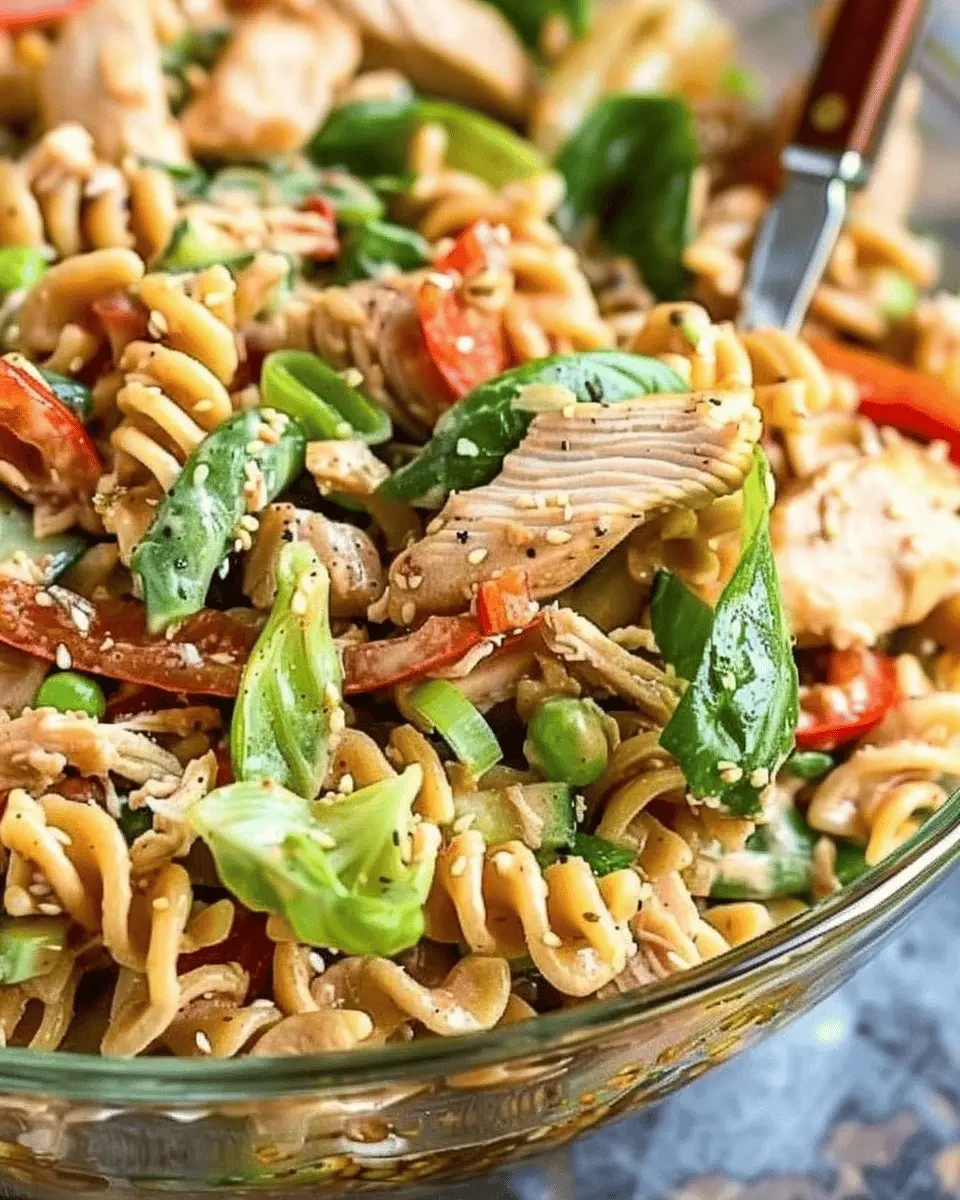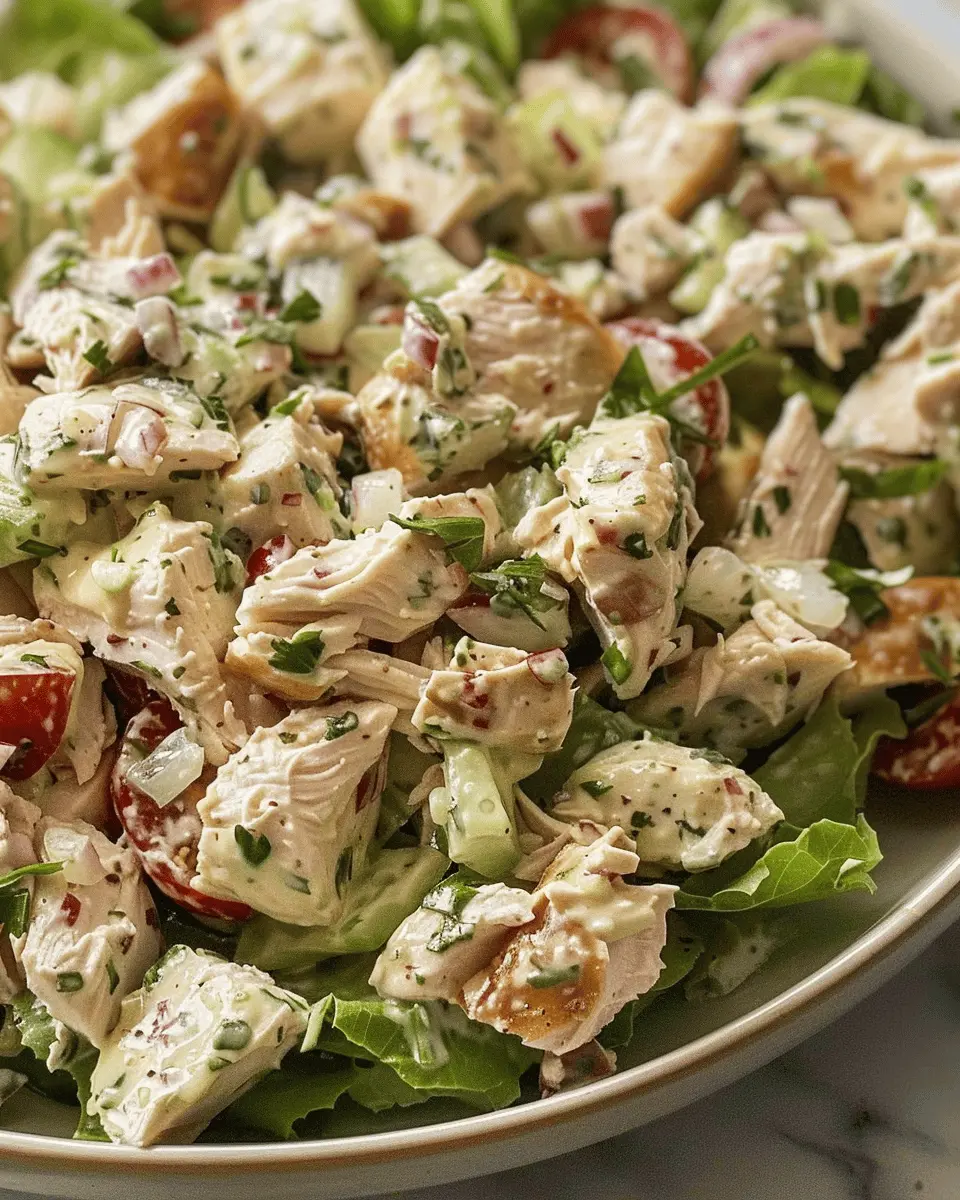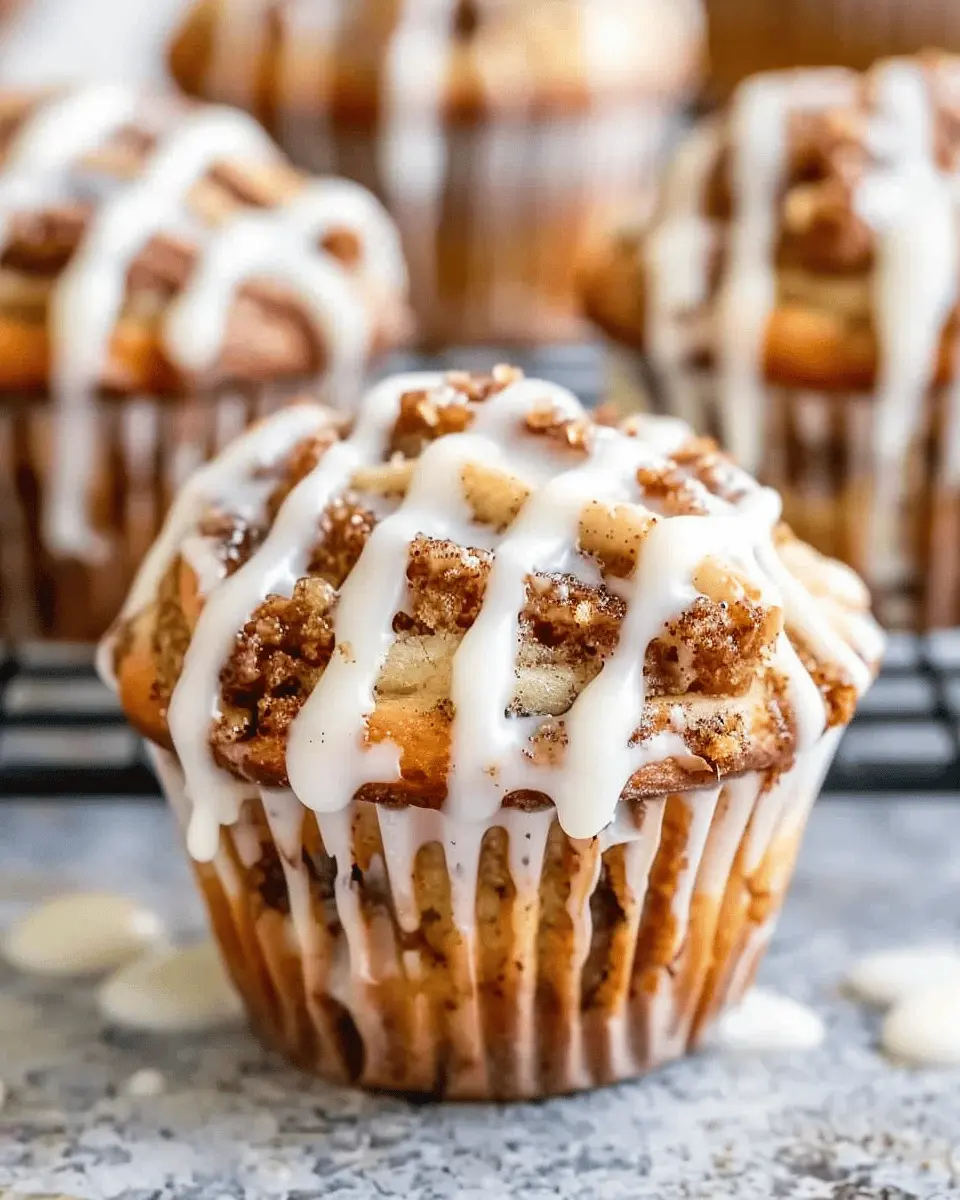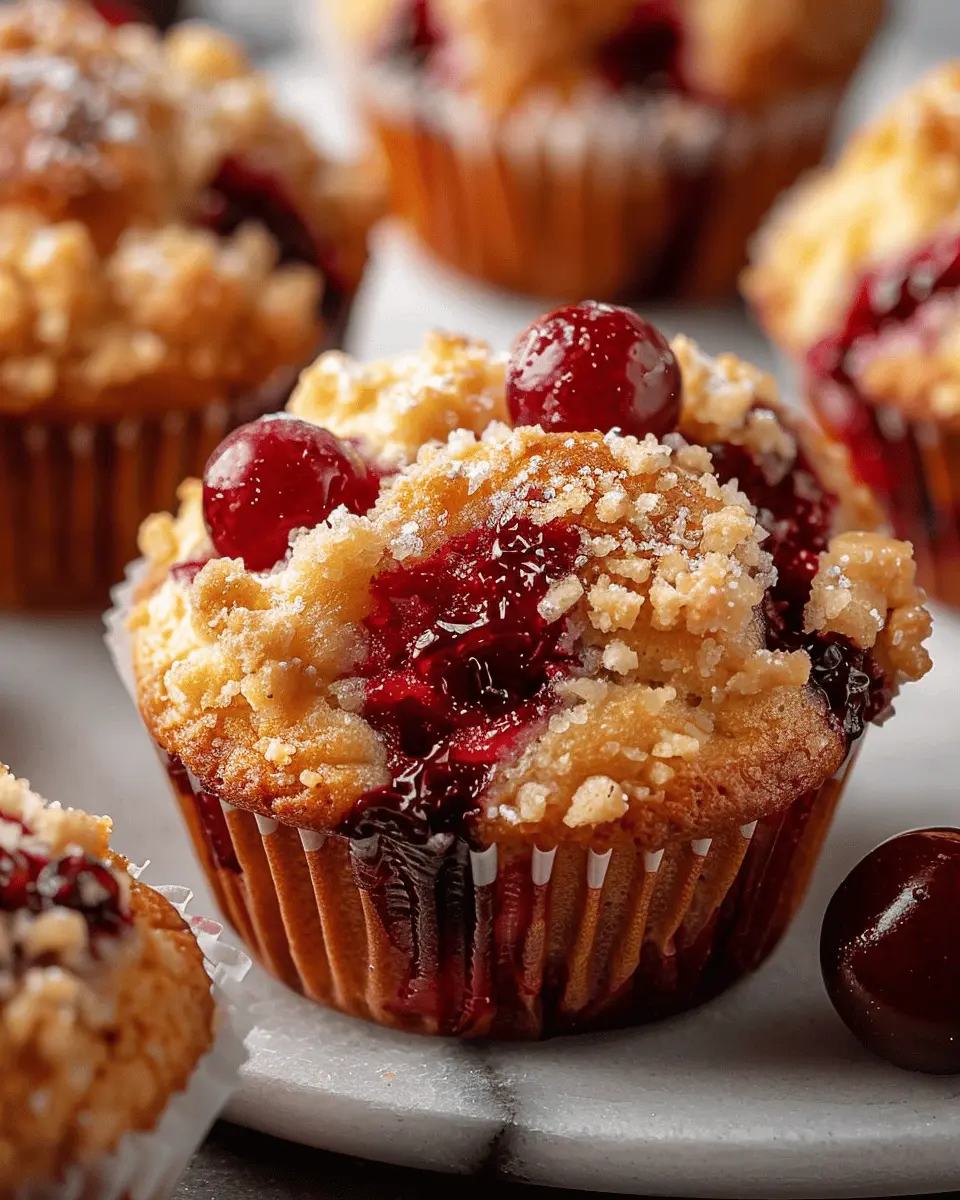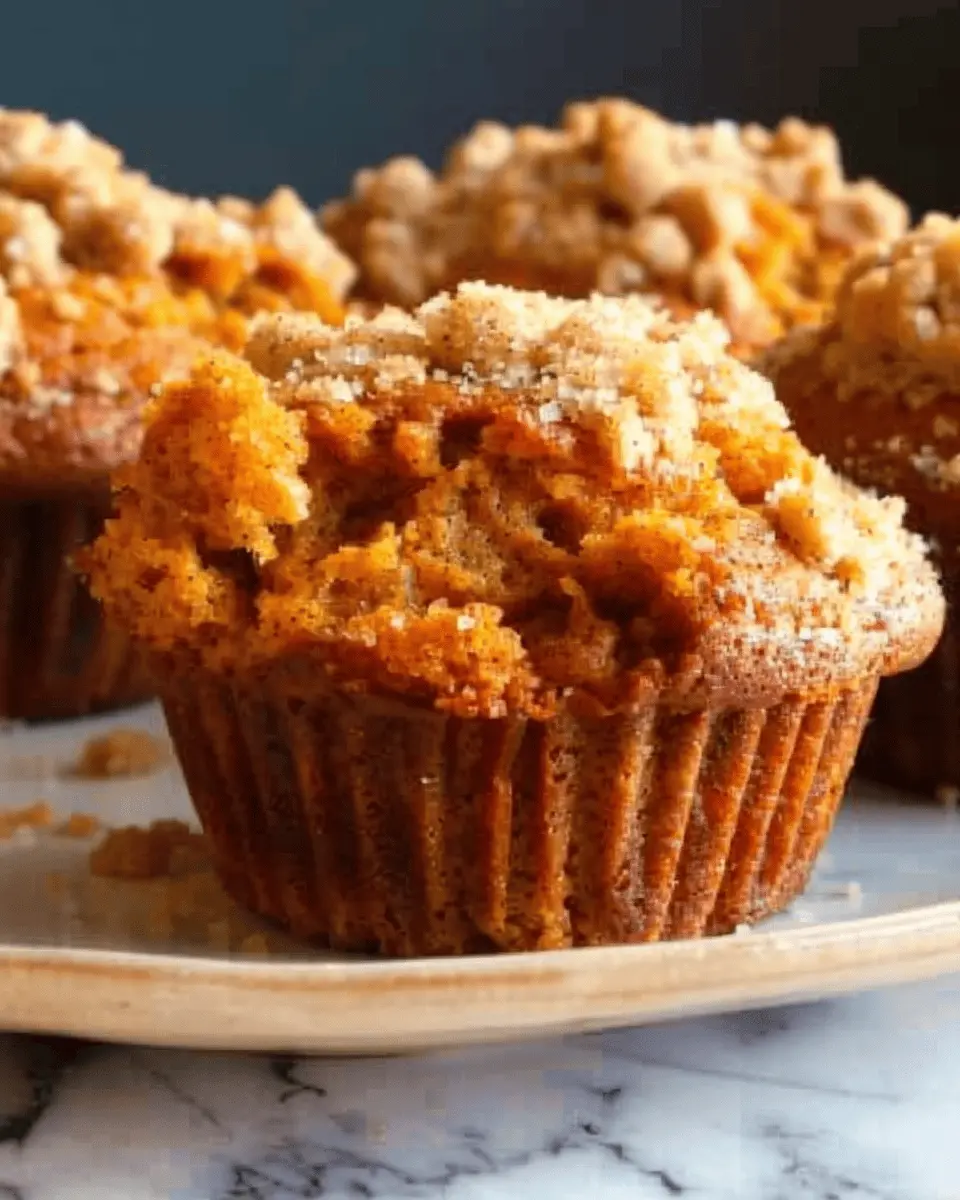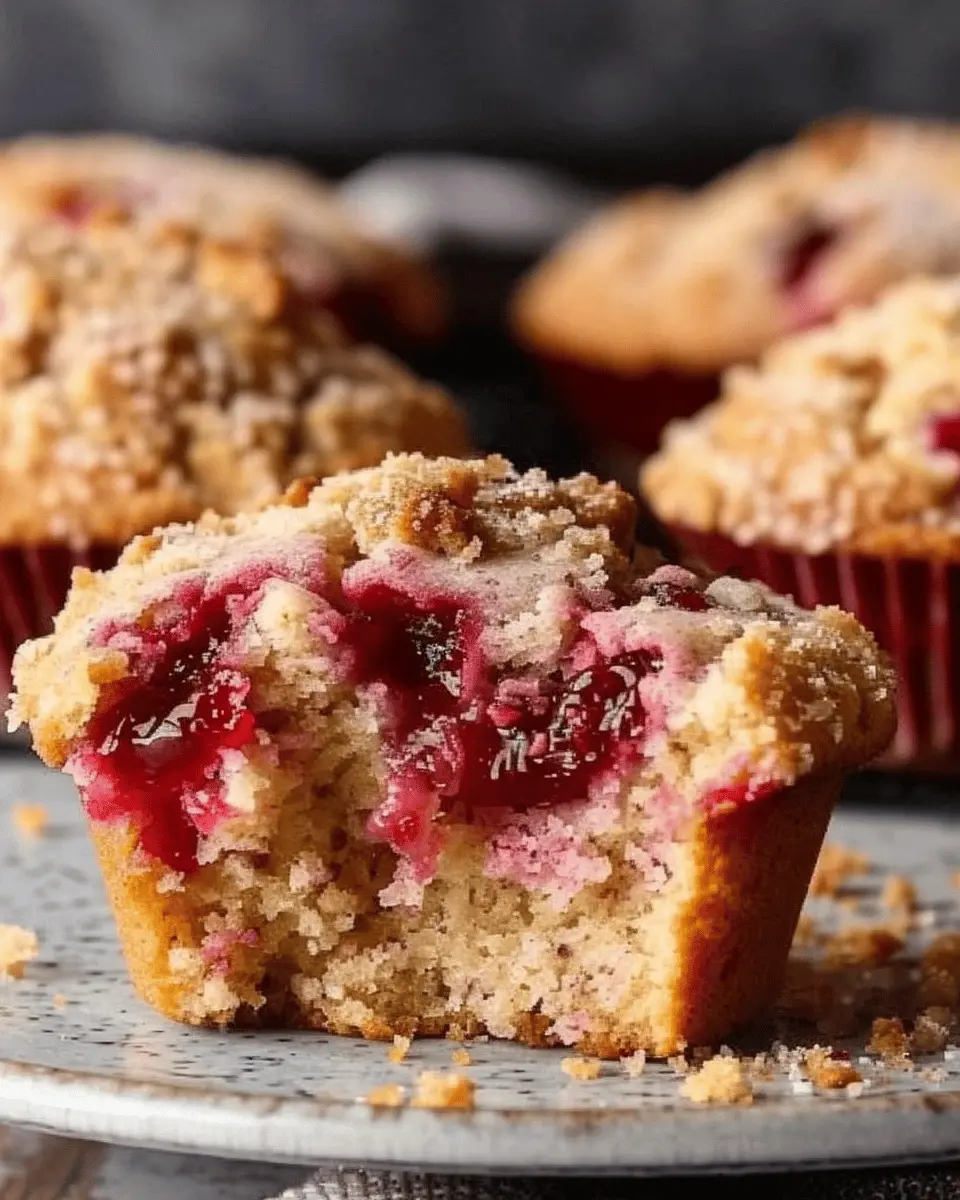Introduction to Charcuterie
The art and joy of creating a charcuterie board can be likened to painting a masterpiece. It offers an engaging way to show off your culinary skills while indulging in a delightful range of flavors. Whether it’s for a casual gathering with friends or a cozy date night in, charcuterie boards have a unique way of bringing people together.
When it comes to constructing your board, think of it as curating a collection of your favorite cured meats, cheeses, and accompaniments. You don’t need to be a gourmet chef to get started; simplicity can be just as delightful. A successful board should include a variety of textures and flavors. To help you on your gastronomic adventure, here are a few essential tips:
- Choose a Base: A wooden board or a large platter serves as a perfect canvas.
- Include Meats: Prosciutto, salami, and chorizo add protein and richness.
- Select Cheeses: Aim for a mix of soft, hard, and blue cheeses to meet different taste preferences.
- Add Accompaniments: Fresh fruits, nuts, olives, and crackers create contrast and enhance the overall experience.
One of the great things about charcuterie is its versatility. You can design a board to fit any occasion, dietary preference, or seasonal ingredient. If you’re curious about the health benefits of charcuterie, you’ll find that many components, like nuts and fruits, can be nutritious and satisfying when enjoyed in moderation.
Have you ever found yourself standing in front of an array of meats and cheeses at a party, overwhelmed by the choices? It’s moments like these that make customizing your own board so rewarding. Take a cue from experts like the American Charcuterie Association, which offers resources on the best practices for assembling gourmet spreads.
Now that you have the basics down, let your creativity flow. Don’t hesitate to experiment with flavors and arrangements. Charcuterie isn’t just about food; it’s about the experience and the stories you’ll share over this delicious spread. So gather your friends, pour some wine, and indulge in the charm of creating your own personalized charcuterie experience.
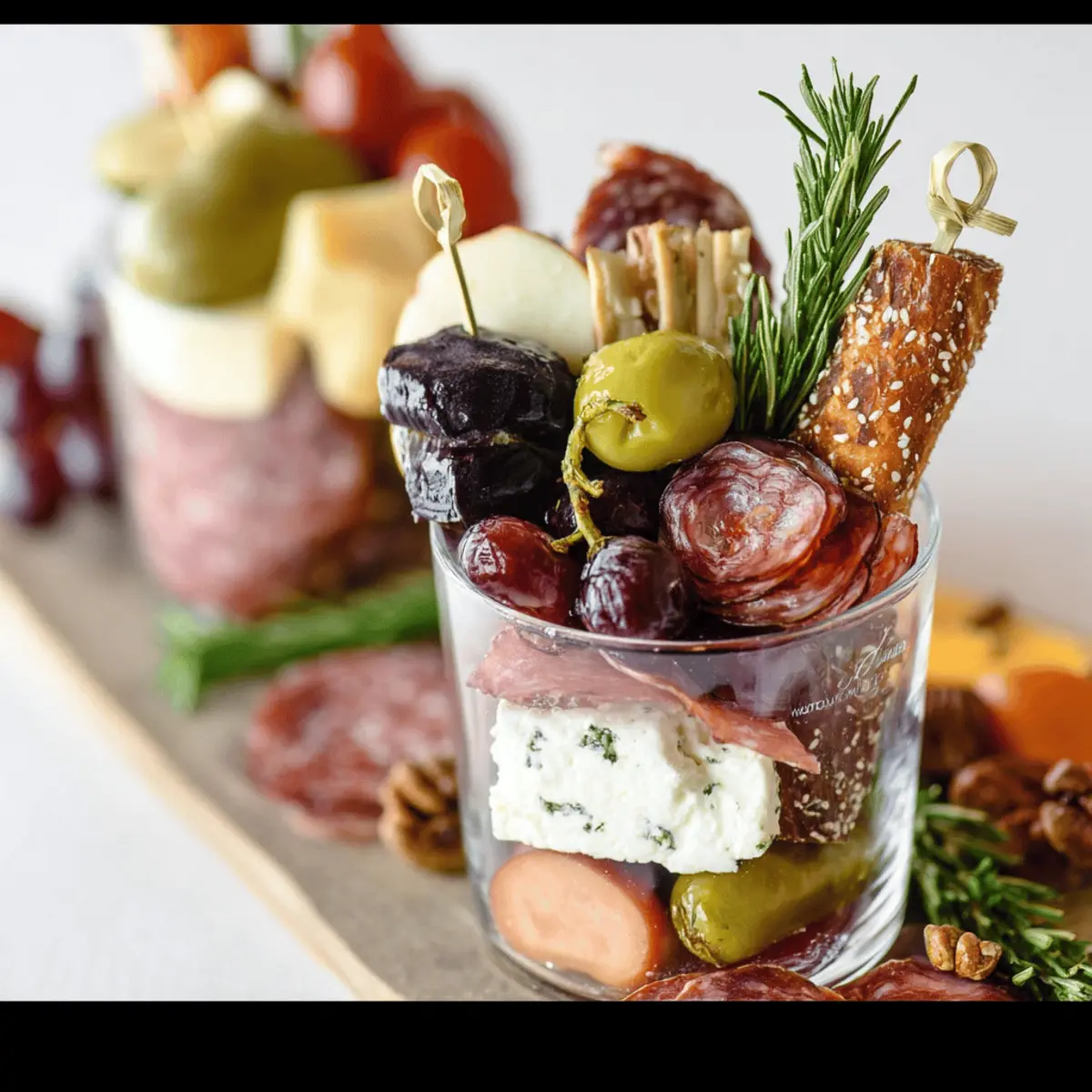
Ingredients for a Charcuterie Board
Creating the perfect charcuterie board starts with a curated selection of ingredients. Let’s dive into what you’ll need to impress your friends and family!
Essential Meats
Start with a variety of cured meats to satisfy every palate. Consider:
- Prosciutto: Thinly sliced and savory.
- Salami: Spicy or mild, offering depth of flavor.
- Chorizo: A smoky note that adds excitement.
Each adds a unique taste, and combining flavors ensures there’s something for everyone.
Cheeses that Complement
Next, bring in the cheeses! A mix of textures and flavors is key:
- Brie: Creamy and mild.
- Aged Cheddar: Sharp with a slightly crumbly texture.
- Blue Cheese: Bold and tangy, great for adventurous eaters.
For tips on cheese pairings, check out resources from Cheese.com.
Accompaniments
Don’t forget to fill your board with colorful accompaniments:
- Fruits: Grapes, figs, or apple slices for sweetness.
- Nuts: Almonds or walnuts for crunch.
- Crackers: Variety adds an appealing texture.
These items add color and interest while balancing the richness of the meats and cheeses.
Spreads and Dips
Finally, elevate your charcuterie experience with spreads. Consider:
- Honey or fig jam: For a sweet touch that complements cheese.
- Mustard: Adds zing and pairs beautifully with meats.
A well-rounded board is not just about love at first sight; it’s about creating a delicious journey with each bite! For more ideas, check resources like Food52’s Guide to Charcuterie.
Step-by-step Preparation of a Charcuterie Board
Creating a stunning charcuterie board can elevate your gatherings and make your guests feel extra special. But where do you start? Don’t worry! I’m here to walk you through the process step-by-step, ensuring you feel confident and ‘board’ ready to impress!
Gather your ingredients
First, let’s gather the essentials. A beautiful charcuterie board is built on a balanced selection of meats, cheeses, accompaniments, and more. Here’s a checklist to guide you:
- Meats: Prosciutto, salami, and chorizo are all excellent choices. Aim for 3-4 varieties.
- Cheeses: A mix of soft, semi-soft, and hard cheeses works wonders. Think Brie, gouda, and aged cheddar.
- Accompaniments: Nuts, olives, pickles, and dried fruits add flair and texture.
- Breads and crackers: Offer a variety of crackers, breadsticks, and sliced baguette to complement your selections.
- Garnishes: Fresh herbs or edible flowers can enhance presentation.
You can find inspiration for ingredient pairings on reputable sites like Culinary Institute of America or check out FoodNetwork for extensive tips on what works best!
Choose a board or platter
Next, let’s move on to selecting your canvas. The board or platter sets the stage for your charcuterie spread. Here are some popular options:
- Wooden boards: These add warmth and character, perfect for rustic gatherings.
- Marble slabs: They bring sophistication and maintain temperature, keeping your cheese fresh.
- Slate boards: These can be written on with chalk, allowing you to label cheese and meats directly.
Consider the size of your gathering. A larger board is perfect for a crowd, while smaller boards work well for intimate settings. Have a board in mind? Great! Let’s start assembling.
Arrange meats aesthetically
Time to get creative! Start by laying out your meats. Think of this step as an art project—choose various shapes for visual interest. Here are some tips for that perfect arrangement:
- Folding and rolling: Fold thin slices of prosciutto or roll up slices of salami for texture.
- Strategic placement: Place the meat sections in clusters rather than spreading them out, inviting guests to dive in.
Remember, the goal is to entice your guests. The way you display meats can spark conversation and excitement—don’t be shy about adding some flair!
Add cheese in harmony
Next up, it’s cheese time! Choose cheeses that complement the flavors of your meats. Here’s how to add them harmoniously:
- Balance textures: Pair soft Brie with a firmer aged cheddar.
- Space considerations: Position cheeses near their corresponding meats (e.g., go with peppered salami for a smoky Gouda).
To enhance the flavor experience, consider offering small utensils like cheese knives or spreaders.
Fill in with accompaniments
Now, let’s fill in the blank spaces to create a captivating charcuterie board. This is where accompaniments truly shine.
- Color and contrast: Include pops of color with cherry tomatoes, sliced fruits, or colorful nuts.
- Variety is key: Olive tapenade, honey, or fig jam can create delightful contrasts with your meats and cheeses.
Your choices not only elevate flavors but also create a feast for the eyes. And remember, guests will feel delighted to explore diverse options.
Final touches and presentation
Finally, it’s time for the finishing touches! Step back and assess your board. Here’s how to ensure it’s presentation-ready:
- Balance the layout: Make sure colors and shapes are distributed evenly across the board.
- Garnish generously: Use fresh herbs or edible flowers to bring life to your charcuterie creation.
- Label if needed: Consider adding labels for meat and cheese types, guiding your guests through.
Invite your friends over, pour some wine, and you’re ready to serve this delightful charcuterie masterpiece. Remember, the true heart of this process is creativity and expression—so don’t stress about perfection! Relish the experience, and your board will reflect your unique style.
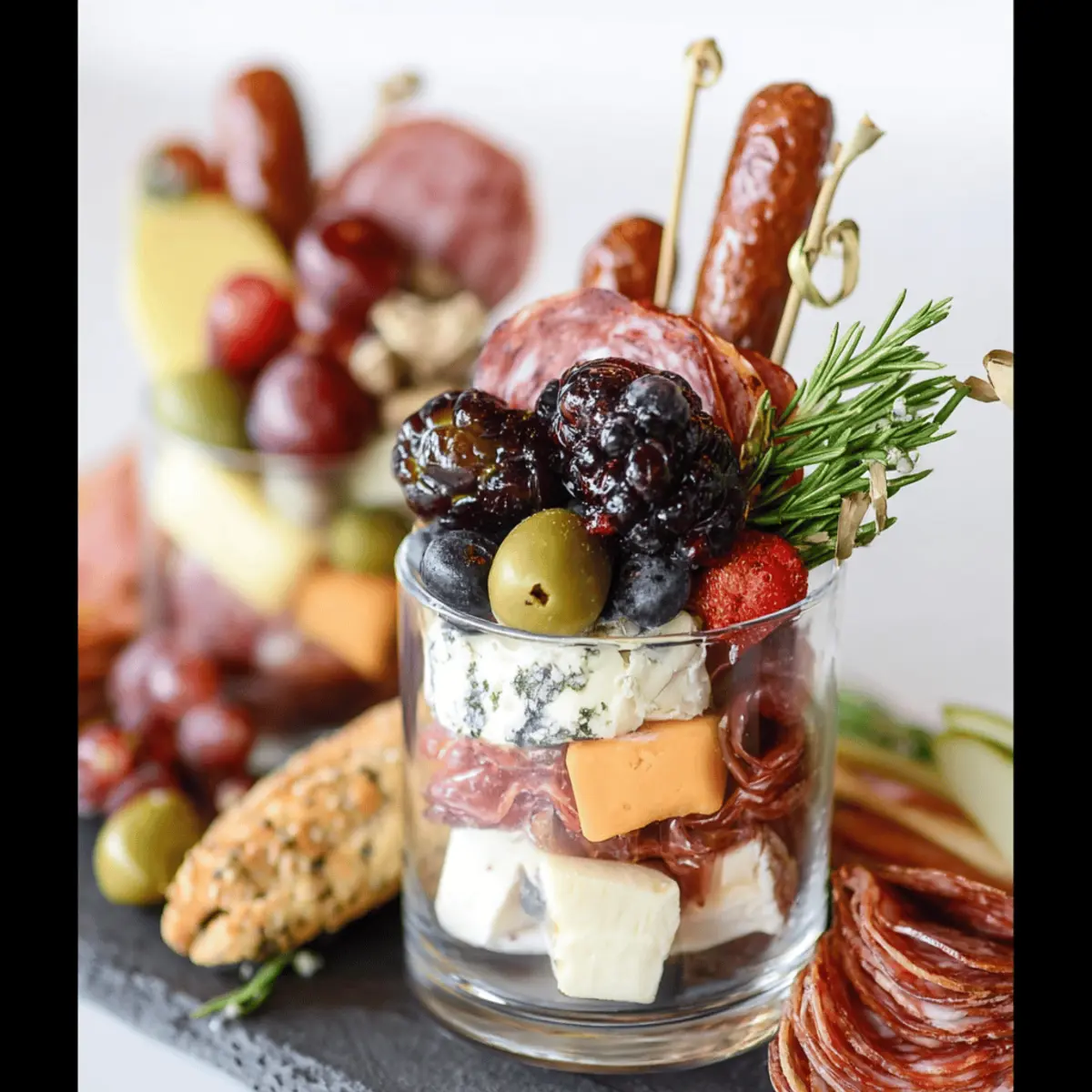
Variations of Charcuterie Boards
Classic Charcuterie
When we think of a classic charcuterie spread, it often includes a delightful assortment of cured meats like prosciutto, salami, and chorizo, paired with a variety of cheeses such as brie, gouda, and aged cheddar. Complement these savory elements with artisan bread, crackers, and an array of accompaniments like olives, nuts, and dried fruits. Don’t forget the must-have garnishes like fresh herbs or honey to elevate the flavor profile! You could also explore resources like The Kitchn for tips on creating the perfect meat and cheese match.
Vegetarian Charcuterie
If you’re looking to create a vegetarian-friendly charcuterie board, the options are as endless as your imagination! Replace meats with delicious pickled vegetables, hummus, and spicy dips. Add an assortment of artisan cheeses along with fresh fruits like figs and grapes. You might even consider including nuts or seeds for varied texture. Not only is this a colorful alternative, but websites like EatingWell offer great ideas for wholesome vegetarian options that please the palate.
Themed Boards
Let’s get creative! Themed charcuterie boards are a fun twist on the traditional setup. Imagine an Italian board filled with prosciutto, mozzarella, and bruschetta, or a Spanish board featuring chorizo, manchego cheese, and marcona almonds. These themes invite you to explore various cuisine styles and introduce guests to flavors they may not have tried yet.
Seasonal Charcuterie Boards
Lastly, consider the seasons when selecting items for your charcuterie board. During autumn, incorporate pumpkin seeds, roasted chestnuts, and apple slices for a cozy vibe. Spring could welcome fresh herbs, radishes, and vibrant berries. This not only adds visual interest but also introduces seasonal flavors that can enhance the overall experience. With a bit of planning, seasonal boards can turn a simple get-together into a memorable culinary journey!
Whether you’re celebrating a special occasion or just enjoying a cozy night, your charcuterie board can be as unique as the people enjoying it. Happy assembling!
Cooking Tips and Notes for Charcuterie
Importance of Balance and Variety
When assembling your charcuterie display, think of it as an artistic creation. A well-curated spread of meats, cheeses, fruits, and condiments brings a balance of flavors and textures. Consider these tips:
- Meat Selection: Choose both cured and fresh options for depth. Pair rich meats like prosciutto with something spicier like chorizo.
- Cheese Diversity: Incorporate soft, hard, creamy, and aged cheeses to please diverse palates. Don’t forget to include a blue cheese for that punch!
- Fruits and Nuts: Fresh fruits offer a refreshing contrast, while nuts introduce crunch. Grapes, figs, and walnuts pair beautifully with most cheeses.
How to Prevent Excess Food Waste
A common concern with a charcuterie board is food waste. To minimize this:
- Plan Portions: Estimate how much each guest might eat—typically, aim for 3 ounces of meat and 2 ounces of cheese per person.
- Use Leftovers Creatively: Leftover charcuterie items make excellent additions to salads, sandwiches, or breakfast omelets. Think of your next gourmet grilled cheese!
- Inviting Friends: Encourage friends to take leftovers home; it’s a great way to share and ensure nothing goes in the bin!
With these simple tips, your charcuterie board will not only look stunning but also be a sustainable choice! Explore more about sustainable cooking with resources from FoodPrint.
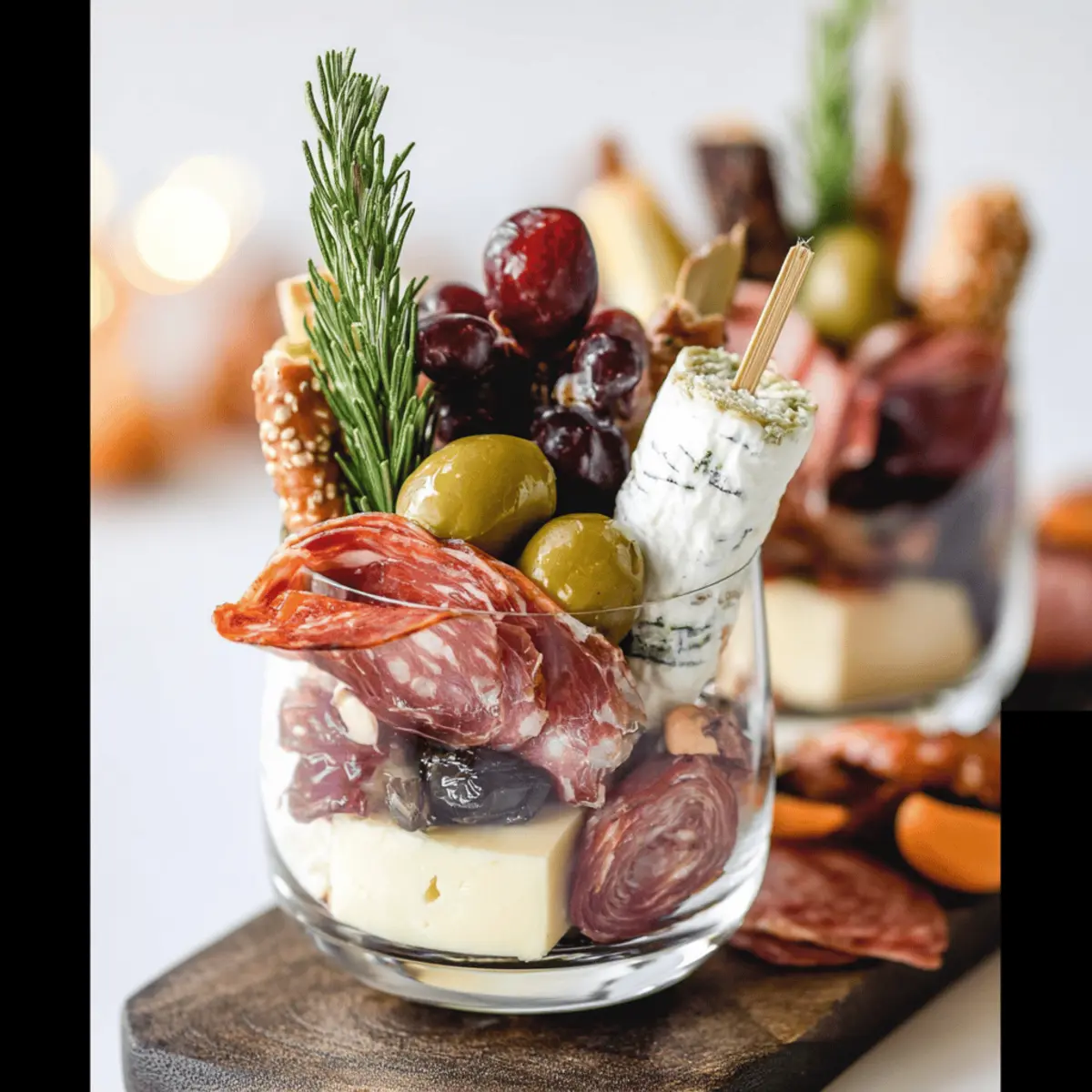
Serving Suggestions for Charcuterie
Pairing with Beverages
When it comes to enjoying your charcuterie, the right beverages can elevate the experience! Consider pairing with:
- Wines: A crisp white wine or a fruity rosé complements the delicate flavors of cheeses, while a bold red wine pairs beautifully with cured meats.
- Craft Beers: Local brews can offer unique flavor profiles that enhance your platter’s variety. Look for hoppy ales or rich stouts.
- Non-alcoholic options: Specialty sparkling waters or artisanal sodas provide refreshing alternatives without the alcohol.
For tips on pairing beverages with meats and cheeses, check out resources like Wine Folly and CraftBeer.com.
Ideal Settings
Picture this: you’re at a vibrant gathering with friends, and there, taking center stage, is your charcuterie board. Perfect for any occasion, these boards shine at:
- Parties: An impressive addition to gatherings, they spark conversation and allow guests to graze at their leisure.
- Picnics: Easy to transport, a well-packed charcuterie board makes outdoor dining a breeze.
- Casual Dinners: For an intimate setting, present a smaller board as an appetizer—it’s a delightful way to connect over food.
Whether it’s a festive celebration or a laid-back evening, charcuterie adapts beautifully, inviting everyone to sample and savor together.
Time Breakdown for Charcuterie Preparation
Preparation time
Preparing a stunning charcuterie board may seem daunting, but it typically takes only about 20-30 minutes. Use that time to select and arrange your favorite cheeses, cured meats, nuts, fruits, and spreads. Don’t forget to check out guides such as The Kitchn for inspiration on perfect pairings!
Serving time
When your charcuterie is ready, it’s showtime! Serving usually takes about 5-10 minutes, especially if you’re inviting friends over. You can also take a moment to share the story behind each component, sparking interesting conversation.
Total time
Overall, you’re looking at roughly 25-40 minutes from prep to serving. For a delightful evening, consider complementing your board with a nice wine or cocktail. After all, the aim is to create an inviting experience that’s as fun to prepare as it is to enjoy!
Nutritional Facts for Charcuterie Boards
Average calories per serving
A typical serving of a charcuterie board ranges from 250 to 400 calories, depending on the selection of meats, cheeses, and accompaniments. It’s easy to get carried away grazing, so keep portions in check to balance indulgence with healthier choices.
Key nutrients: protein, fats, carbs
When assembling your charcuterie, consider the nutrient profile:
- Protein: Cured meats like salami and prosciutto pack a protein punch.
- Fats: Cheeses provide healthy fats, essential for satiety.
- Carbohydrates: Include whole-grain crackers or fruit for energy-boosting carbs.
For a deeper dive into nutritional values, check out the USDA FoodData Central here.
Considerations for dietary needs
When planning your charcuterie board, remember dietary preferences! Consider vegan options, gluten-free alternatives, or low-carb ingredients to cater to various eating styles. This inclusivity ensures everyone can enjoy the experience without feeling left out.
FAQs about Charcuterie
How do I choose the right meats and cheeses?
Selecting meats and cheeses for your charcuterie board can be a delightful endeavor. Aim for a variety of flavors and textures. Here are some tips:
- Cured Meats: Look for options like prosciutto, salami, and chorizo. These add richness and depth to your board.
- Artisan Cheeses: Choose a mix of hard (e.g., aged cheddar), soft (e.g., Brie), and blue cheeses. This contrast will keep things interesting.
- Serving Size: Plan for about three ounces of meat and two ounces of cheese per guest, ensuring everyone gets a satisfying sample.
If you’re unsure where to start, check out stores like Whole Foods for great selections.
Can I prepare a charcuterie board in advance?
Absolutely! Preparing your charcuterie board ahead of time can save you stress on event day. Simply:
- Assemble the Board: Lay out your meats and cheeses on a platter. Cover with plastic wrap or parchment paper.
- Timing: Aim to prepare it no more than two hours before serving. This keeps everything fresh and flavorful.
For even better taste, consider grouping components that can be refrigerated prior to serving.
What should I pair with my charcuterie board?
Pairing is key to elevating your charcuterie experience. Consider these delightful additions:
- Crackers and Bread: A variety of textures is essential. Think crunchy crackers alongside soft baguette slices.
- Fruits and Nuts: Fresh grapes, figs, or dried fruits add a lovely sweetness, while nuts offer a satisfying crunch.
- Condiments: Mustard, honey, and artisanal jams can enhance flavors beautifully.
With a little creativity, your charcuterie board can become an inviting centerpiece for any gathering!
Conclusion on Charcuterie
Embracing the Experience of Charcuterie-Making
Creating your own charcuterie board isn’t just about assembling meats and cheeses; it’s about crafting an experience. Imagine hosting a cozy gathering where friends indulge in artfully arranged flavors and textures. With just a bit of creativity, your board can tell a story, showcasing local ingredients or your favorite snacks.
Remember, the beauty of charcuterie lies in its versatility—don’t hesitate to experiment! Seek inspiration from resources like the Charcuterie Board Guide on Food52 or explore the art of cured meats on Serious Eats.
So gather your favorites, unleash your inner foodie, and make your charcuterie moment truly unforgettable. After all, it’s not just about the food; it’s about sharing experiences and memories that last.
PrintCharcuterie Bliss: Elevate Your Next Gathering with Ease
Discover how to create the perfect charcuterie board for your next gathering!
- Prep Time: 15 minutes
- Total Time: 15 minutes
- Yield: Serves 4-6 1x
- Category: Appetizer
- Method: No-cook
- Cuisine: French
- Diet: None
Ingredients
- 1 cup assorted cheeses
- 1 cup cured meats
- 1/2 cup olives
- 1/2 cup nuts
- 1/2 cup crackers
- 1/4 cup fresh fruits
Instructions
- Arrange cheeses on one side of the board.
- Add cured meats next to the cheeses.
- Place olives and nuts in small bowls and set them on the board.
- Fill in the spaces with crackers and fresh fruits.
- Garnish with herbs for an extra touch.
Notes
- Tip: Use a variety of textures and flavors to keep it interesting.
- Tip: Pair with different wines for a sophisticated touch.
Nutrition
- Serving Size: 1 board
- Calories: 250
- Sugar: 4g
- Sodium: 500mg
- Fat: 20g
- Saturated Fat: 8g
- Unsaturated Fat: 10g
- Trans Fat: 0g
- Carbohydrates: 15g
- Fiber: 2g
- Protein: 10g
- Cholesterol: 30mg
Keywords: Charcuterie

